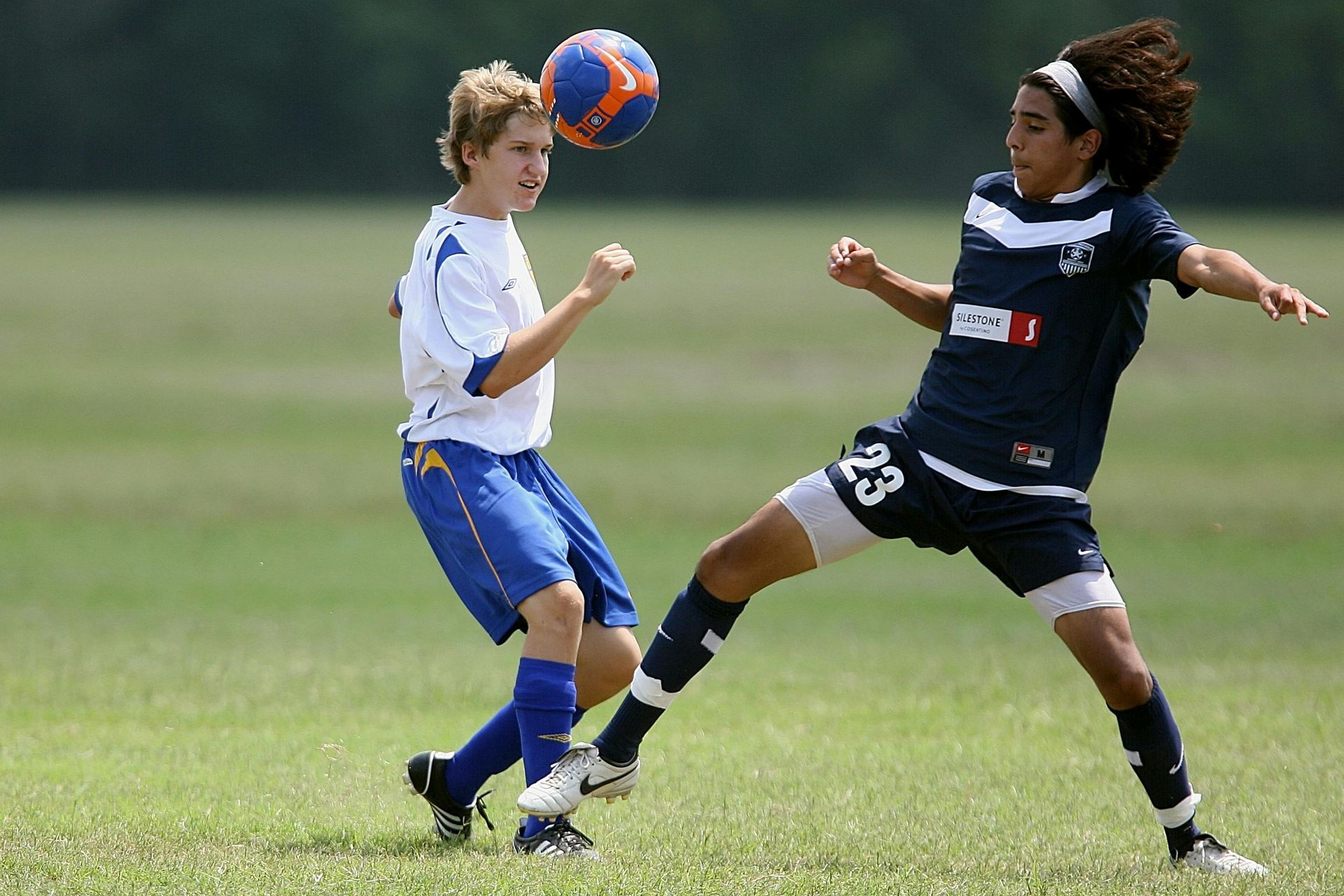Youth Sports and the Importance of Movement Optimization
Youth Sports and the Importance of Movement OptimizationYouth Sports and the Importance of Movement Optimization

Youth sports are more competitive than ever, with young athletes pushing their physical limits to excel. While dedication and rigorous training are essential, proper care for their developing bodies is equally crucial. Chiropractic care offers a proactive approach to maintaining health, enhancing performance, and preventing injuries in youth athletes. By addressing movement limitations caused by joint restrictions, tight muscles, and stability issues, we can help athletes unlock peak performance and reduce the likelihood of injury.
Let’s take a closer look at how chiropractors can aid in an athlete's performance.
Identifying Movement Limitations
How can you tell if you have a movement limitation? Many athletes describe feeling “tight” or sensing something is “off.” This often signals an underlying issue. A trained clinician, such as a chiropractor, can evaluate athletes using tools like palpation, range-of-motion tests, movement screens, and assessments. One of my favorite methods is observing athletes in slow motion as they perform their sport—this reveals key areas for improvement.
Once limitations are identified, the clinician and athlete collaborate to turn weaknesses into strengths through a combination of adjustments, targeted stretches or mobility work, and corrective exercises. The ultimate goal? Better, more efficient movement.
Understanding the Kinetic Chain
Human movement is deeply connected through the kinetic chain—a concept that describes how body segments work together to achieve a task. Think of it like a chain: each link has a job, and the chain is only as strong as its weakest link. Pull on one end, and the entire chain is affected.
Take a baseball pitcher throwing a fastball. The motion begins with a push off the back foot and big toe, generating energy that travels through the leg, hip, and core. Rotational forces build as the front foot lands, the hip rotates, and the torso twists. The shoulder and arm accelerate until the ball is released, with the back foot making a final push. A movement limitation in just one area—such as reduced hip mobility, poor core stability, or a tight shoulder—can disrupt this sequence, leading to energy leaks, poor mechanics, decreased velocity, and increased injury risk.
This principle applies to all sports: a golfer’s drive, a soccer player’s penalty kick, a basketball player’s layup, or a football player’s tackle. No matter the activity, optimal movement is key.
The Advantage of Youth
Youth athletes are uniquely positioned to benefit from identifying and addressing movement limitations. Their developing bodies provide a greater capacity for adaptation compared to adults. Early intervention helps build a strong foundation, paving the way for future success.
By prioritizing proper movement and injury prevention, young athletes can perform at their best today while setting the stage for a lifetime of athletic success. Ready to get started? Let’s work together to unlock their full potential.




